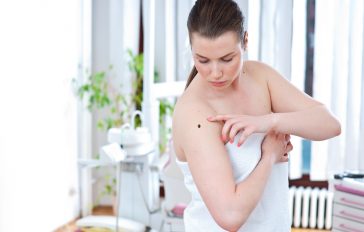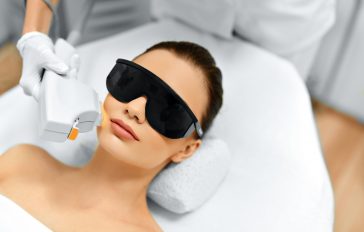There is no hospitalization with Mohs. The procedure is performed entirely in our outpatient surgical suites. The tissue is examined in the office. The high cure rate means fewer return visits and less need for additional treatment. And, since the area around the tumor is numbed with local anesthetic, you lose no time in recovery.
Finding skin cancer is the first step towards curing it. Mohs micrographic surgery is the next step. However, skin cancers that occur in high-risk areas such as around the eyes, ears, nose and lips, or which have recurred after previous treatment are more effectively treated using Mohs Micrographic Surgery.










 Yes. The most common type of skin cancer is
Yes. The most common type of skin cancer is  You are looking for moles that looks different than others (asymmetrical, an irregular or scalloped border), itches or bleeds, or changes in size, shape or color. Any of these are reason to contact your dermatologist.
You are looking for moles that looks different than others (asymmetrical, an irregular or scalloped border), itches or bleeds, or changes in size, shape or color. Any of these are reason to contact your dermatologist.